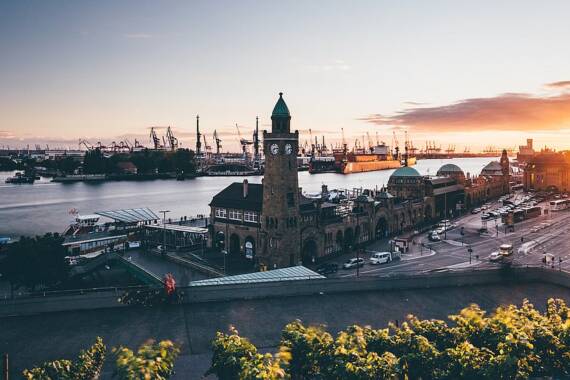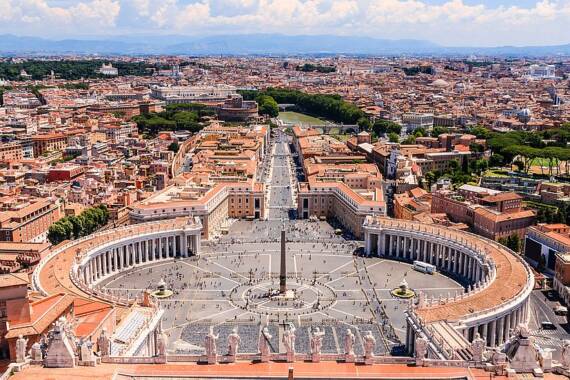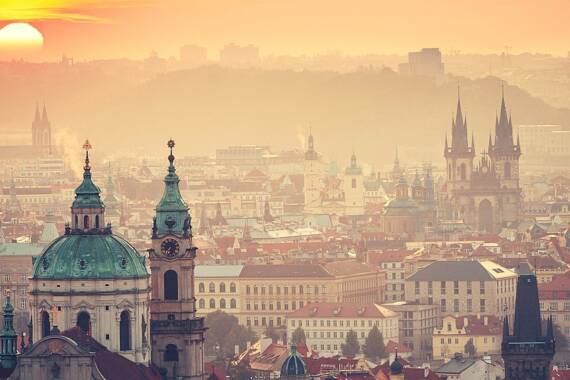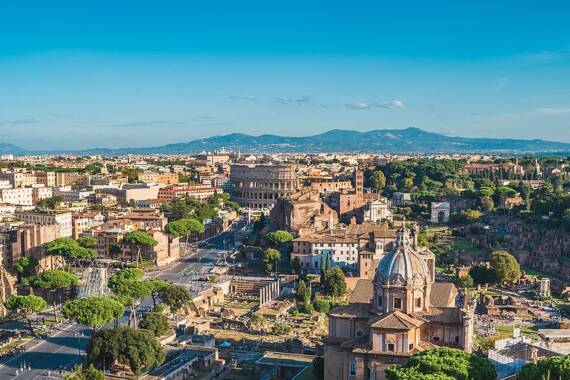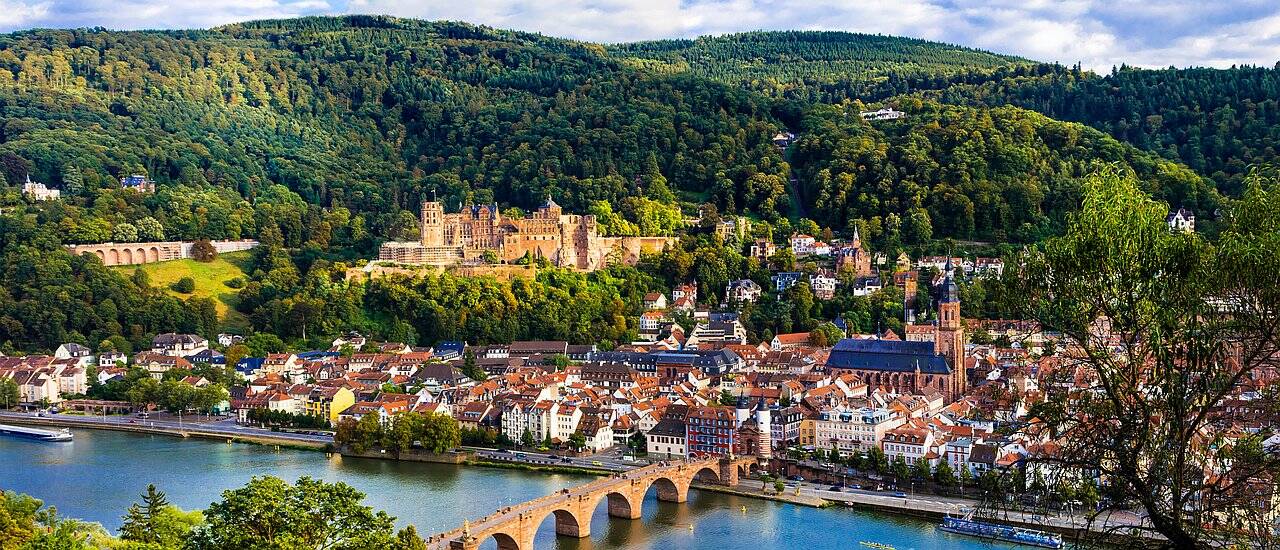
The best city breaks for group tours in Germany
From a world metropolis to a World Heritage city or a romantic small town: a city break in Germany promises tourists from all over the world variety, diversity and fun. Cities in Germany offer visitors and groups a colourful and attractive supporting programme ranging from culture, shopping and culinary delights to events and sporting activities. But which is the right place for your upcoming city break in Germany? Are you planning a short trip or a longer city break? To make your decision a little easier, we present our most popular city breaks in Germany.
How do city trips with IQ Incoming look like?
Would you like to get to know the city highlights of Germany with your travel group? From a short trip to a lavishly organized city break, we will put together an all-round successful city trip for your group: Considering all wishes and preferences that you name. We will take care of all fine details of planning your trip. These include classic hotel agency services such as:
- Reception of all tour participants by local tour guides and accompanied transfer to the hotel
- All overnight stays in your chosen hotel category – from budget to luxury
- Local guides for a general or thematic city tour or for a day trip
- Transfers by private coach
- Panoramic city tours, boat or train rides
- Catering on request: from a coffee break with Lübecker Marzipan cake to a hearty meal at a Munich brewery
- Entrance fees and guided tours for individually selected sights and museums
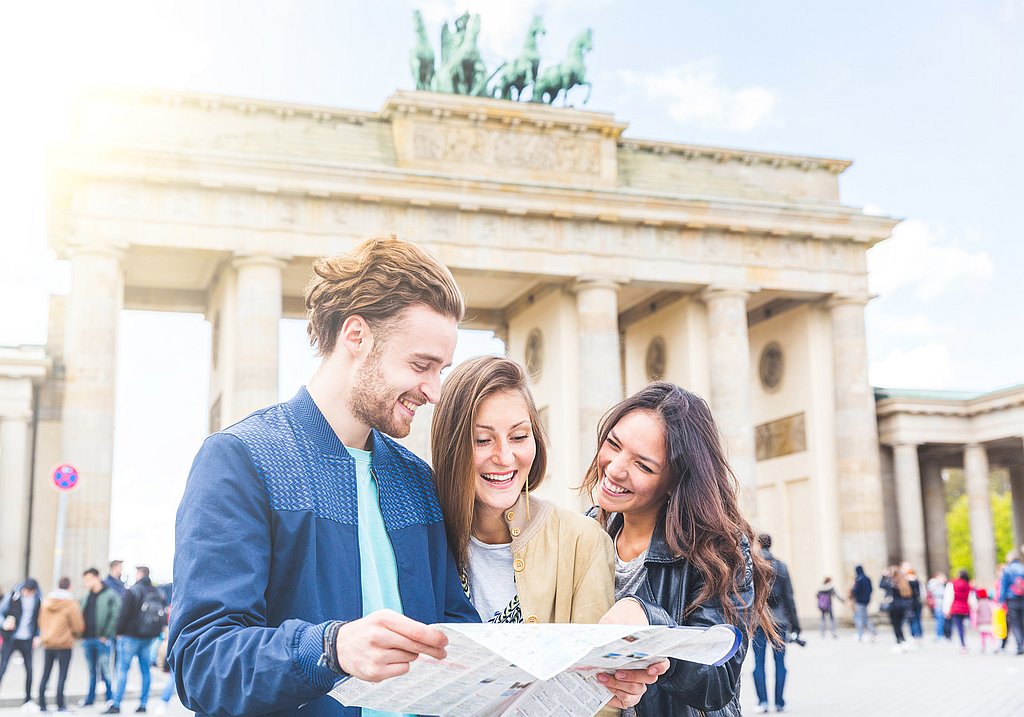
The most popular city breaks in Germany
Berlin and Potsdam: capitals of two German states
Of course, Berlin – the capital of Germany – is on our list of the best city breaks in Germany. Especially here, the recent history of the country becomes more than tangible. When you think of Berlin, you will naturally think of Brandenburg Gate, the Reichstag building or the shopping mile at Kudamm. And of the Berlin Wall, even if it no longer exists today, of which only remains can be seen at the East Side Gallery. But there is much more to discover on a city break in the capital: art and culture on Museum Island, exciting architecture on the boulevard Unter den Linden, in the Nikolai Quarter or at the Hackesche Höfe.
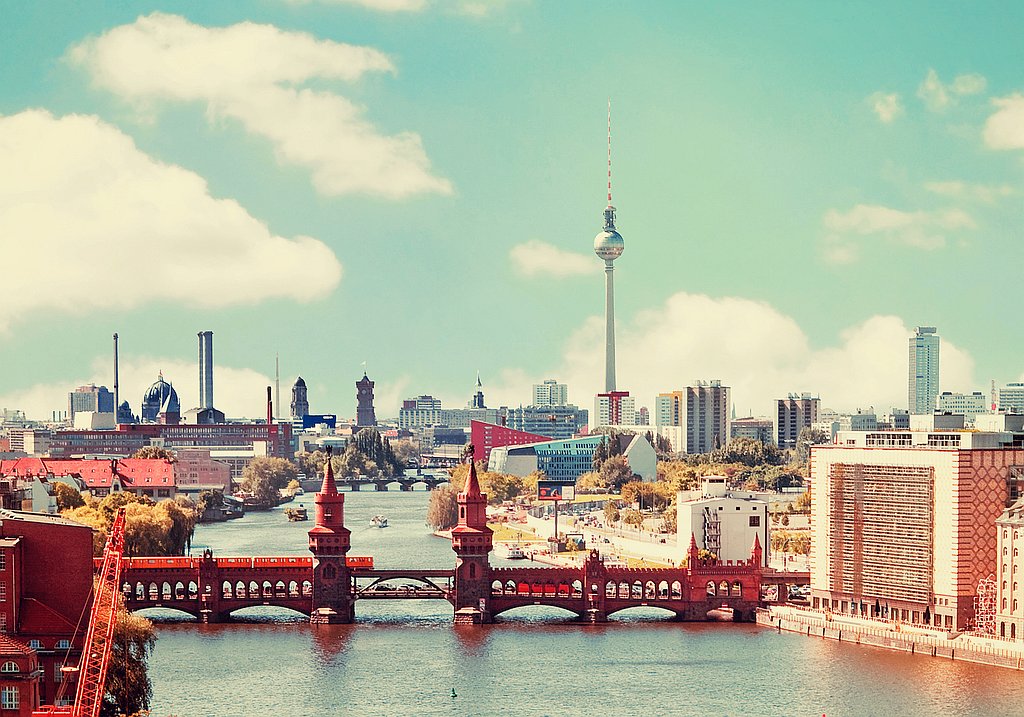
Party and entertainment are guaranteed in Kreuzberg, Friedrichshain or Prenzlauer Berg. If you are not just looking for a short break, you can find a lot of green and beautiful nature: The lakes along the Havel, the Spreeparks or the former Tempelhof airport grounds are popular recreation areas. And just a few kilometers outside of Berlin you can marvel at the magnificent Prussian castles near Potsdam which are are well worth seeing!
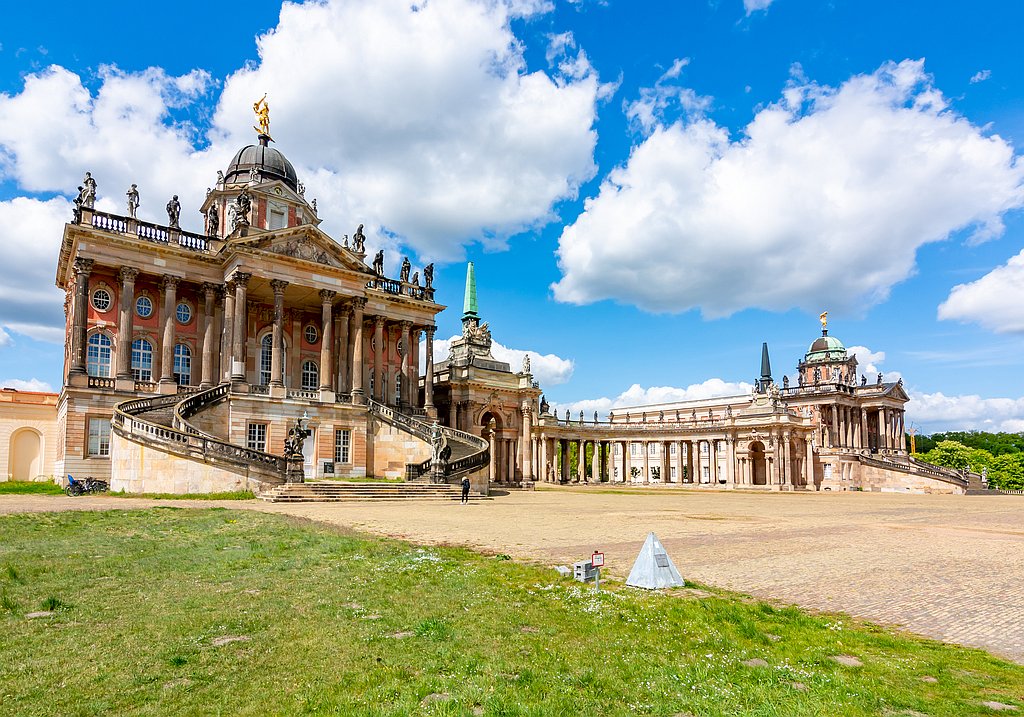
Dresden and Leipzig: Splendid baroque cities in the east
A very good alternative to Berlin is a city trip to one of the two major cities in the east – Dresden or Leipzig. Here it becomes ostentatious and pompous – all under the sign of the baroque style. On a city break at Dresden, you almost feel like being in Tuscany. The Saxon metropolis, often called “Florence on the Elbe”, does not have to fear comparison with the Italian city. The Frauenkirche, the Semper Opera House, the Zwinger, but also several town houses impressively radiate the splendor of baroque times.
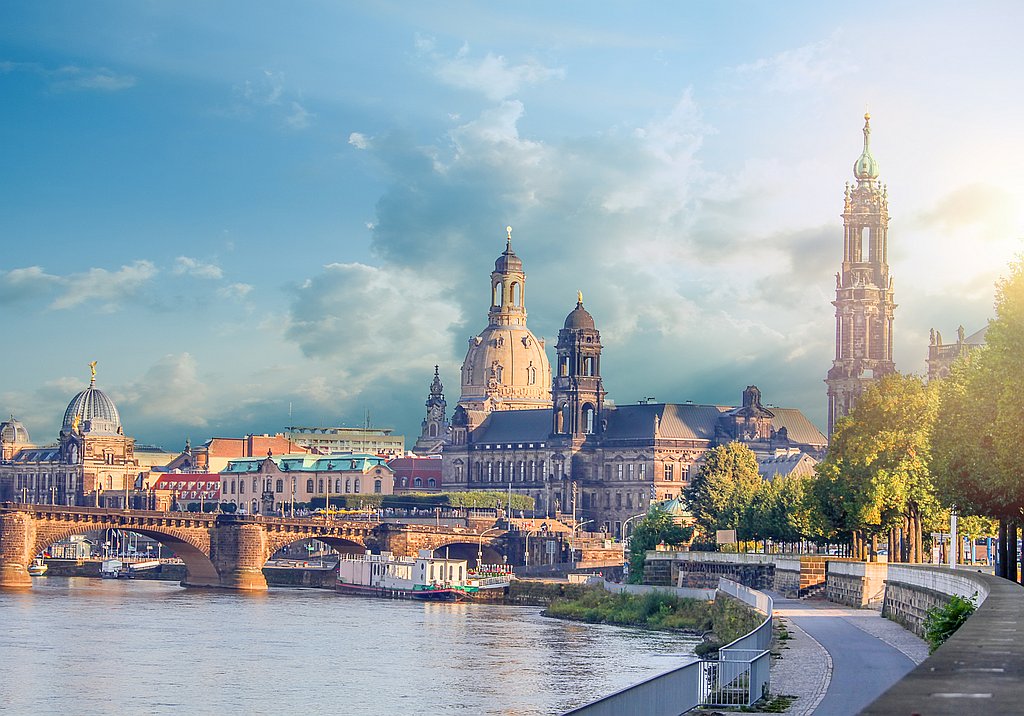
Neighboring Leipzig was another influential city in the baroque era. The most famous son of the city was the composer Johann Sebastian Bach. In the course of a city tour through Leipzig you can go on a search for traces of his musical works. A place from Goethe’s drama Faust is also world renowned. Today, Auerbachs Keller is one of the most important sights of the city and is the most famous restaurant in Leipzig. Today, a statue of the main characters Faust and Mephisto draws attention to the well-known scene in this literary masterpiece.
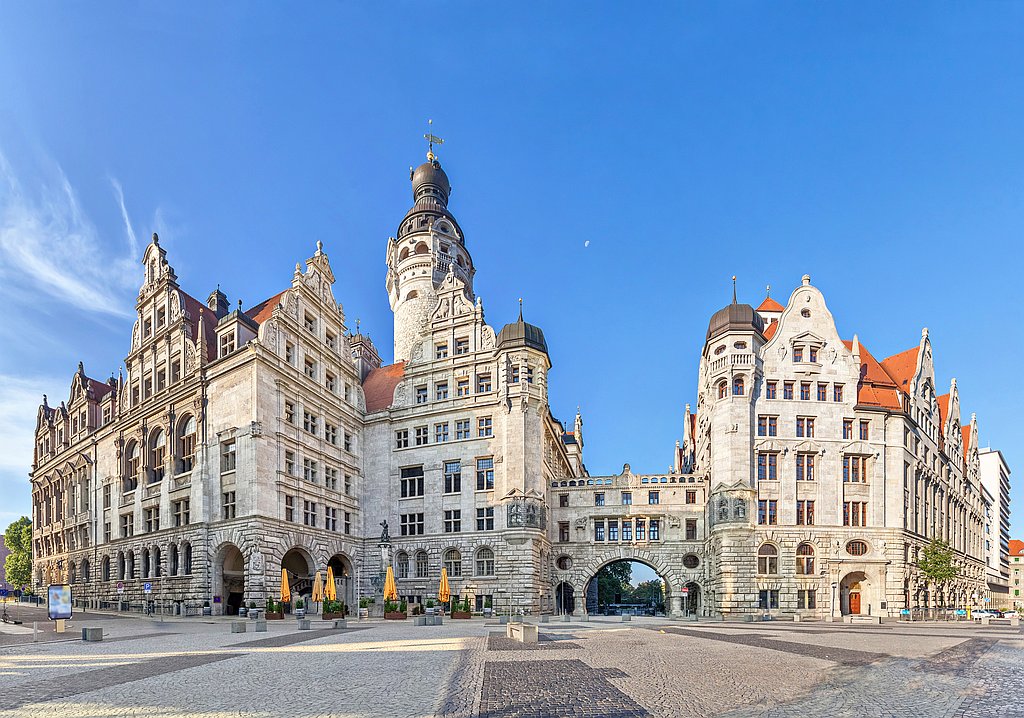
Frankfurt or “Mainhattan”: The financial centre of Germany
Those who travel to Germany by air usually arrive at Frankfurt am Main – the country’s international hub. The fifth largest city in Germany is a place full of contrasts, which makes a city break here all the more exciting. On the one hand, the historic center on Römerberg is paved with half-timbered houses, narrow streets and medieval churches, while on the other hand, modern skyscrapers tower high above the city, which has earned it the nickname “Mainhattan”.
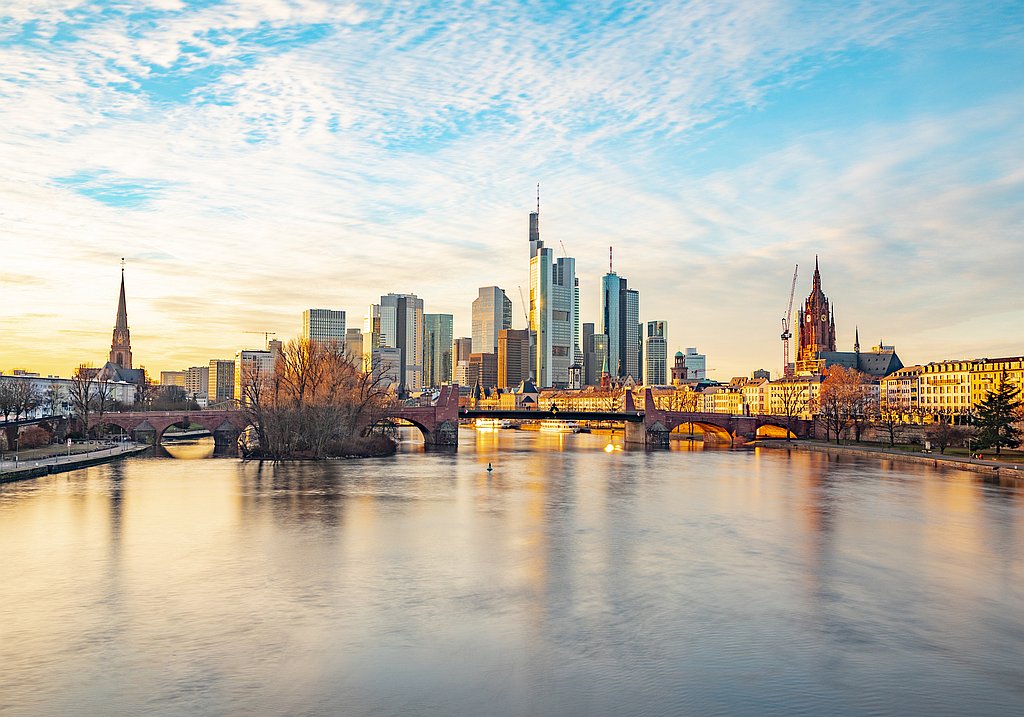
But Frankfurt/Main is also the birthplace of the famous poet Goethe. The Paulskirche is of great importance, the German National Assembly met here for the first time during the March Revolution of 1848. The Hessian metropolis is also a respected cultural hotspot: many renowned museums and art galleries run along the banks of the Main. Last but not least, the Deutsche Börse and the European Central Bank are located here.
Pure romance in Heidelberg
One of the most visited and popular cities in Germany is Heidelberg. And that’s no surprise: anyone who has already been in this town in Baden-Württemberg will know why. Its location on the Neckar River surrounded by rolling hills awakens romantic feelings. Heidelberg is special because the baroque old town was spared during the Second World War. A walk around the centre, lined with narrow alleys and magnificent buildings, is an absolute must on a city trip to Heidelberg.
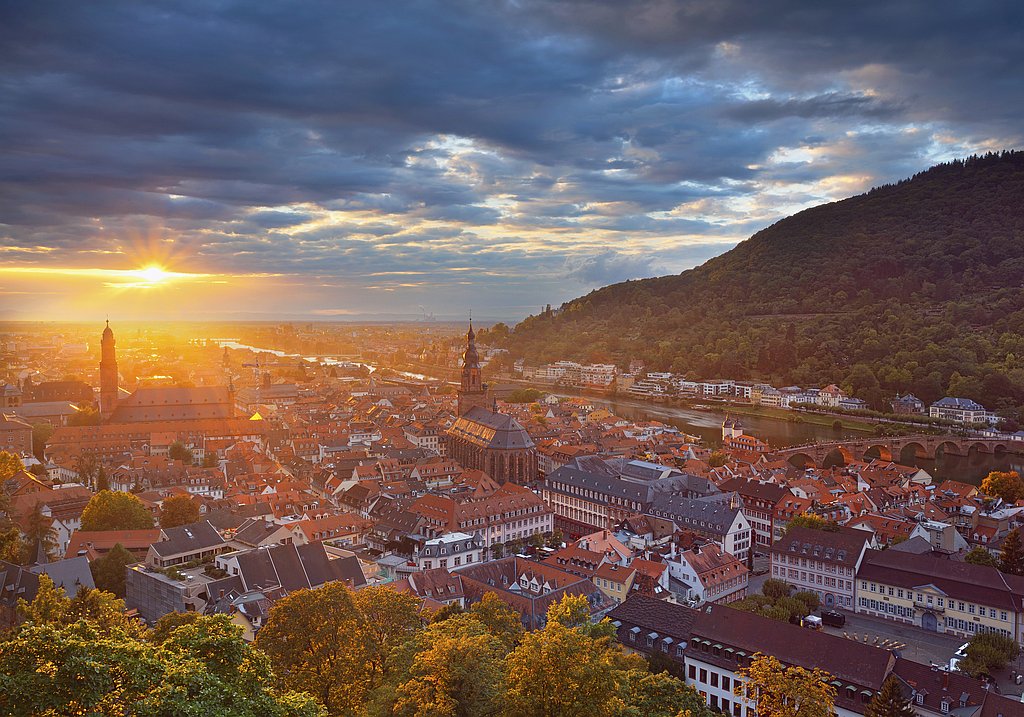
Contemplative squares, splendid town houses, medieval city gates and bridges, Germany’s oldest university and numerous cultural and gastronomic offerings characterize the city. And Heidelberg Castle and the Königstuhl, the city’s local mountain, tower above the historic center. The view of the old town is beautiful from both hills on the other side of the Neckar
Munich: The Bavarian Metropolis
When you think of Bavaria, you think of Munich: Bavaria’s largest city and the third largest in Germany is one of the country’s most popular tourist destinations. Here, Bavarian cosiness and traditions meet glamour, chic and magnificent streets. The Oktoberfest is known worldwide and attracts thousands of visitors from Germany and abroad every year. Beer in liter jugs, hearty meals and traditional costumes are symbolic of Bavaria and the world’s largest folk festival.
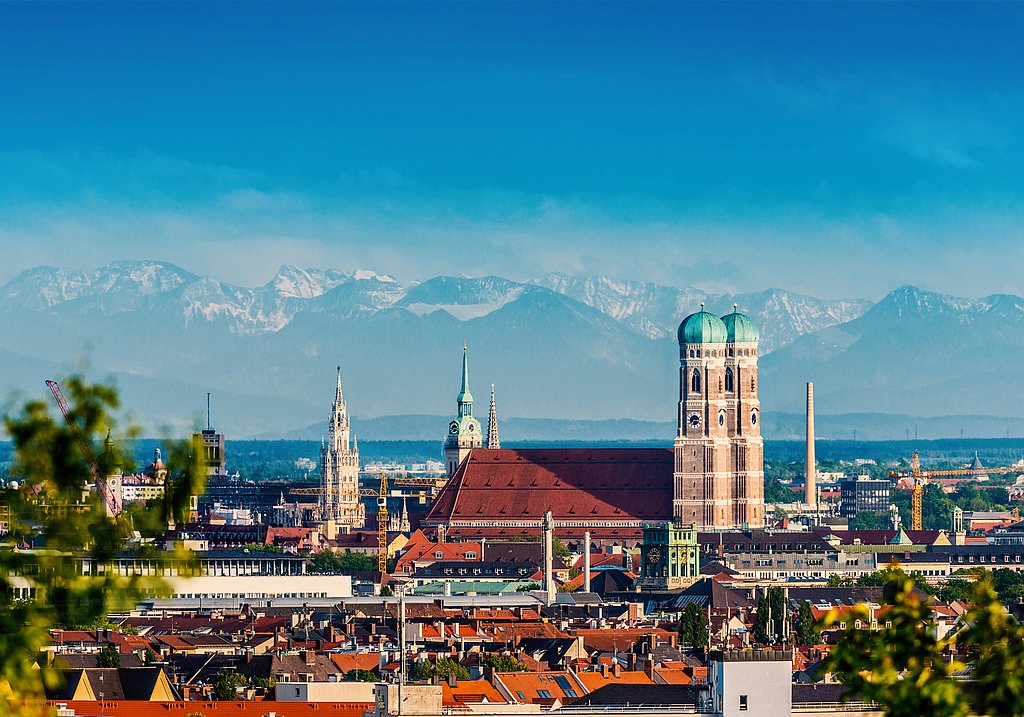
City trips to Munich lead to boulevards such as Ludwigstrasse and Leopoldstrasse, which lead from the Old Town in the direction of Schwabing, where the English Garden invites you to relax. The Siegestor, the Feldherrnhalle, Marienplatz and the Frauenkirche are also on the to-do list during a Bavarian city break. Soccer fans can also make a detour to the Allianz Arena, the home ground of FC Bayern Munich.
Cologne and its famous cathedral: landmark of the Rhine metropolis
Cologne has existed since ancient times. The city on the Rhine is above all famous for the Cologne Cathedral. The gothic cathedral was built for over 600 years until it was completed in 1880. Churches, carnival and the special Cologne beer Kölsch dominate streets and life in the city. A city break is not only worthwhile because of the cathedral: twelve impressive church buildings in Romanesque style in the city center date back to the Middle Ages.
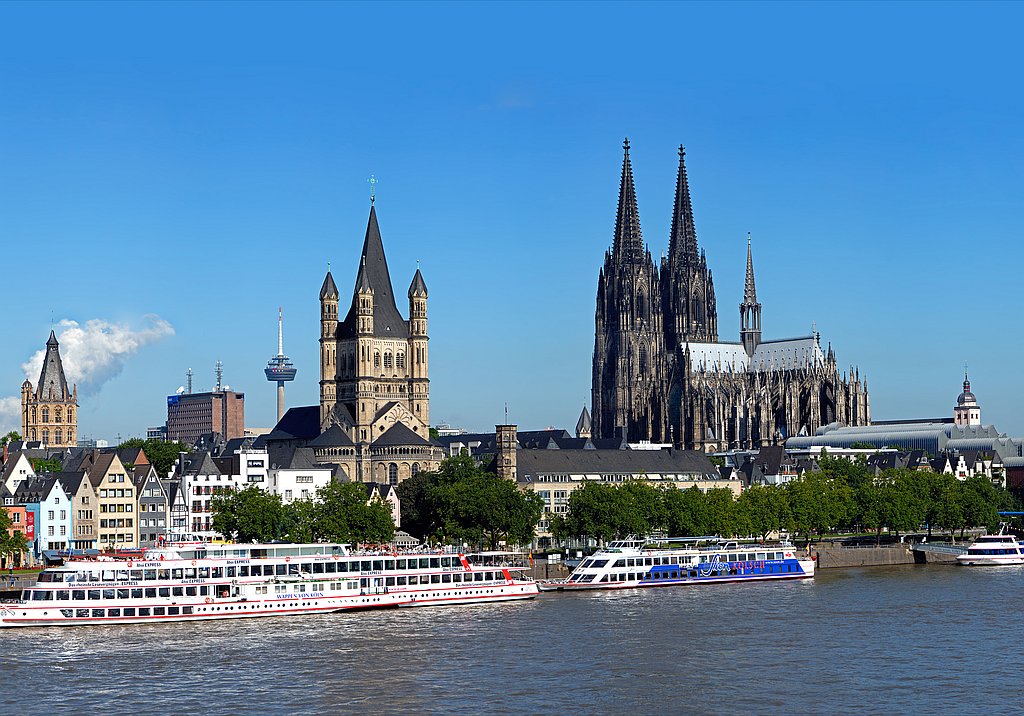
During the Cologne Carnival, the city is transformed into a colorful sea of costumed “Jecken”, who conquer the streets and squares. They enjoy their local Carnival tunes, the beloved Kölsch beer and the culmination of the
Venice of the North and gate to the world: Hamburg
Hamburg with its port is a popular destination for a city break in Germany. The second largest city in the country is particularly proud of its historical heritage as a trading and seafaring city. Visitors can see this today in the Speicherstadt with its characteristic brick architecture. Since 2017, a new highlight and outstanding building has been located right next door to this quarter – the Elbe Philharmonic Hall. Short trips to Hamburg are popular because of the famous St. Pauli district.
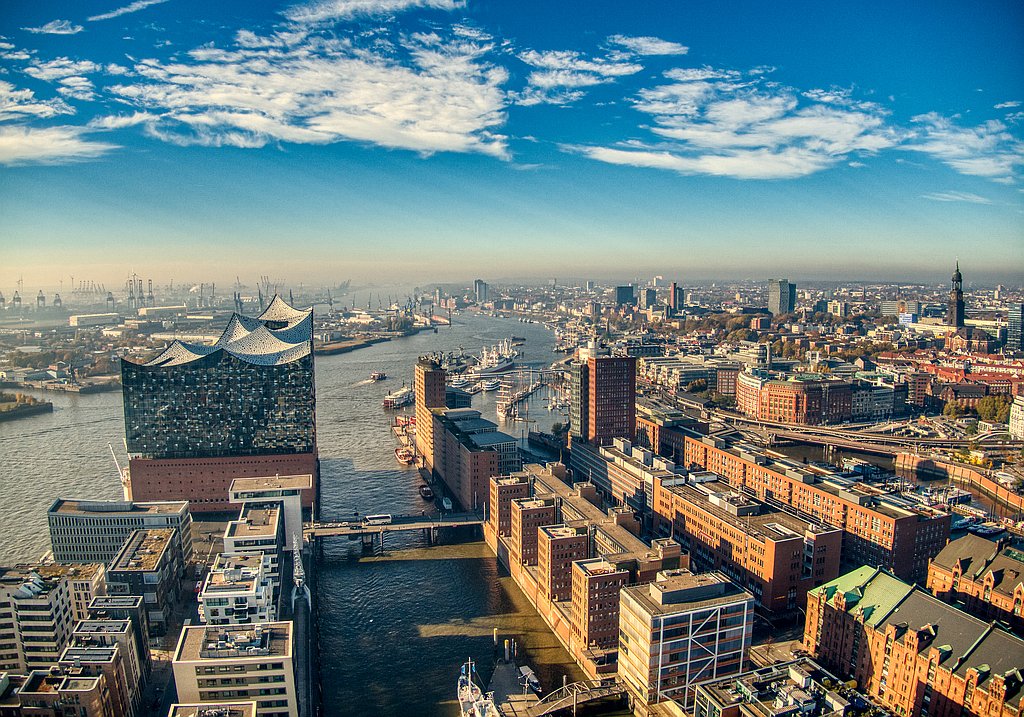
The quarter around the Reeperbahn is known and notorious all over the world as a nightlife and entertainment mile. At the Landungsbrücken on the banks of the Elbe, excursion boats invite you to take city tours on the Elbe. And on Sunday morning you should definitely plan a visit to the fish market. Also worth seeing is the city centre with the town hall market, Jungfernstieg with the Binnenalster, the shopping promenade on Mönckebergstraße and the view from the “Michel”, the spire of St. Michaelis.
Lübeck: The gateway to the Baltic Sea
Finally, we have a real insider’s tip for a city trip in Germany: High in the north, the Hanseatic city of Lübeck is located on a bay of the Baltic Sea. The “Queen of the Hanseatic League” rightly bears her title: The historical center of the city is completely surrounded by watercourses and medieval ramparts.
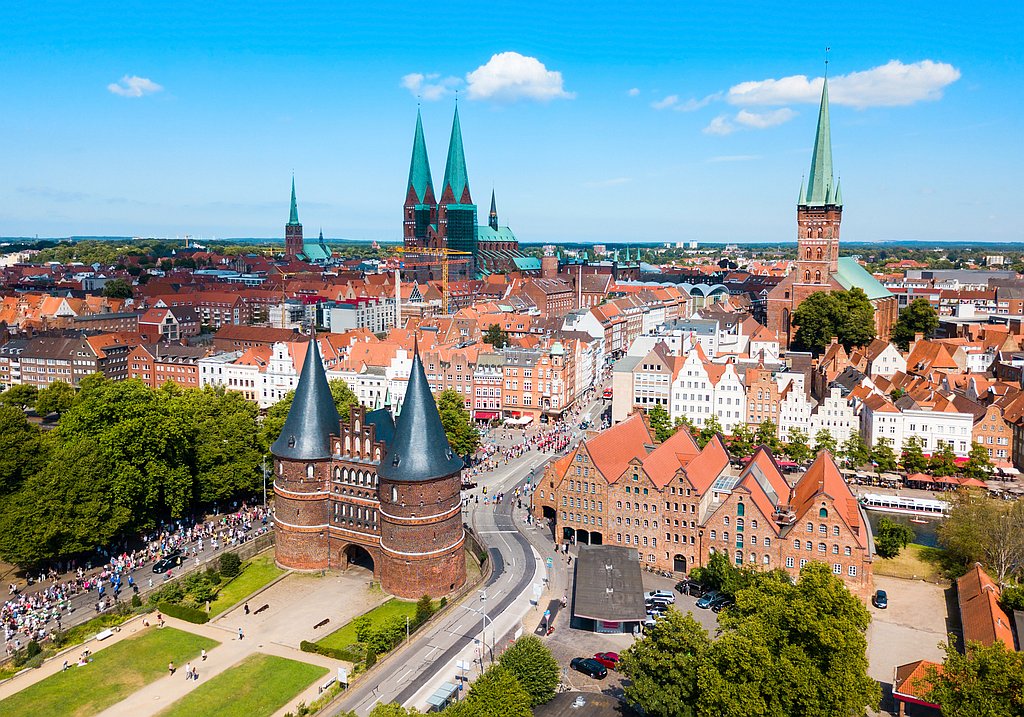
With over 1000 cultural monuments, including numerous gabled houses from the brick Gothic era, the “Seven Towers” of the five main Gothic churches and the Lübeck corridors and courtyards, the old town of Lübeck is a UNESCO World Heritage Site. However, the city’s landmark is in front of the old town. The Holstentor has been in existence for over 540 years and was a defensive structure as well as a symbol of power of the Hanseatic League’s trade association in the Middle Ages.
